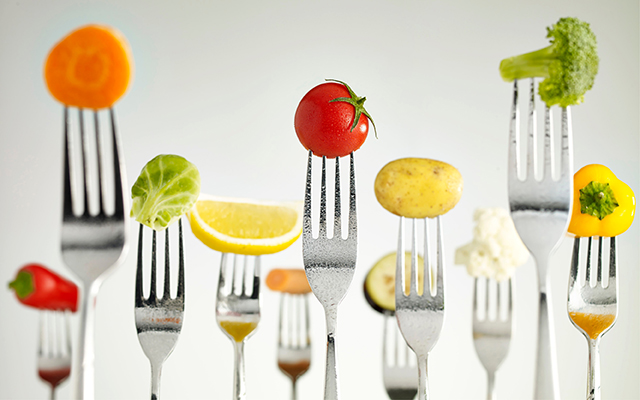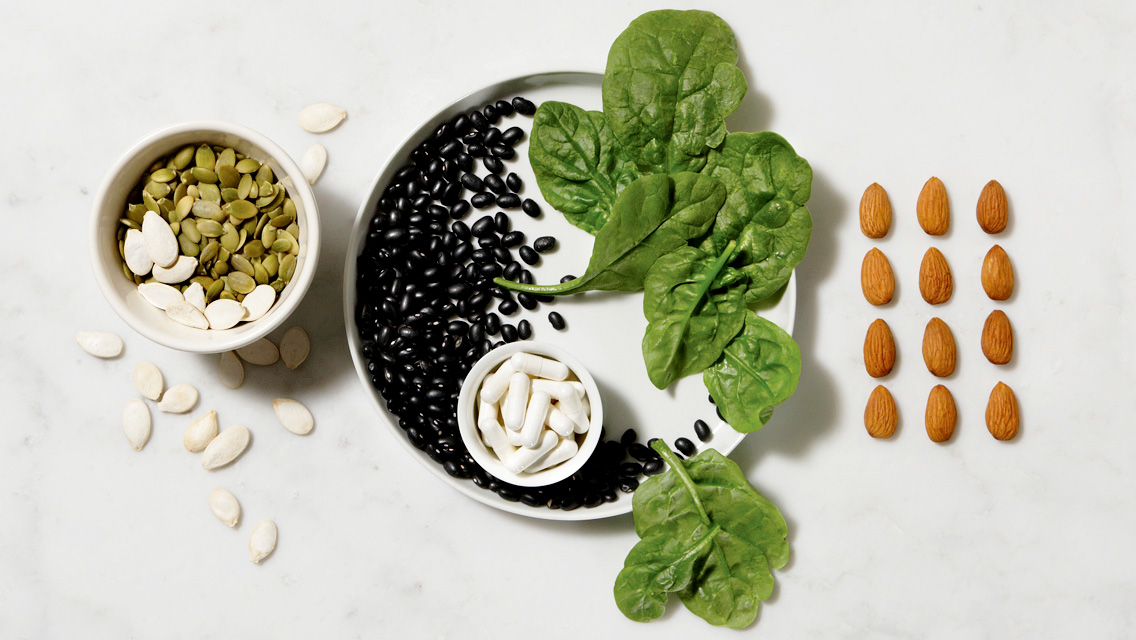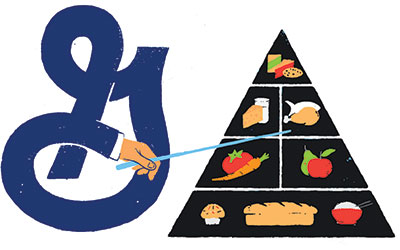It’s time to sit down and talk to my kids about one of those difficult, complicated, and icky topics that my parents never discussed with me.
No, not the birds and the bees. My parents gave me an informative picture book with groovy ’70s illustrations before my baby brother was born. And when my own son started asking the Big Questions, I found a great book called It’s Not the Stork, which (once I explained the whole stork mythology) sorted things quite nicely. My kids now represent a second generation raised with no one telling them that babies come from cabbage patches.
Soon, I’m going to have to talk to my kids about something wrapped in even greater secrecy: profit margins. In particular, the profit margins on industrial food.
Products like breakfast cereal and snack chips have profit margins of 70 percent. But that’s not the worst of it.
Why must we have this awkward talk? Because every year my children step away from babyhood, they’re going to be ever more inundated with TV commercials for sodas, sugar cereals, and potato chips. Billboards for pizza delivery. Assorted propaganda for candy, microwavable treats, frozen everything, fast-food anything.
These advertisements will be shown before the movies they see. They’ll be woven into each TV show. They’ll be waiting for them at carnival snack stands, on concert tickets, from the walls of Chuck E. Cheese’s, in bright lights at sports stadiums.
As my kids move into a world saturated with advertising, I want them to understand what’s really going on — the birds and the bees of the industrial-food complex, as it were.
The facts themselves are straightforward: Food costs a certain amount to produce. Then it is sold for more. The difference between what food costs to produce and what it sells for is the profit margin.
In her book Pandora’s Lunchbox: How Processed Food Took Over the American Meal, Melanie Warner writes that “simple items like cheese, frozen vegetables, and chicken breasts have gross margins ranging from 15 to 30 percent.”
Processed foods, on the other hand, are cheap to make, and massively more profitable to sell: Products like breakfast cereals and snack chips have profit margins of 70 percent. But that’s not the worst of it.
The highest profit margins are on things like soda and sports drinks. Now we’re talking 90 percent margins.
Understanding the riches behind these high-margin processed foods helps explain why manufacturers of soda and sports drinks sponsor most every concert, circus, amusement park, and sports event. (A grownup might also consider the federal farm supports for corn syrup, but I’ll save that scary topic until my kids get older.)
Blueberries don’t get TV commercials, not because they’re not cool enough to deserve them, but because the people who sell blueberries don’t make the kind of money that soda-makers make. Ditto for organic broccoli, grassfed beef, wild salmon, and other whole foods — foods that are actually nutritious for you, which is beside the point.
Soda is a good business. When a pizza place offers you a $3 soda for “free” with your pizza, it’s important to understand that you’re really getting only a few cents’ worth of product — a deceptive bargain at best. The actual food part of the equation is so worthless that the seller is still making scads of money.
These seem like deals, even gifts, that are being given to kids. But they’re not.
So, what will knowing about profit margins on food do for my sweet little kids? I hope it will give them the insights they need to navigate the next stage of life, when they’re big kids. I hope it will help them understand that just as babies don’t come from storks or cabbage patches, the food choices surrounding them have their own complex and honest stories to tell.




This Post Has 0 Comments